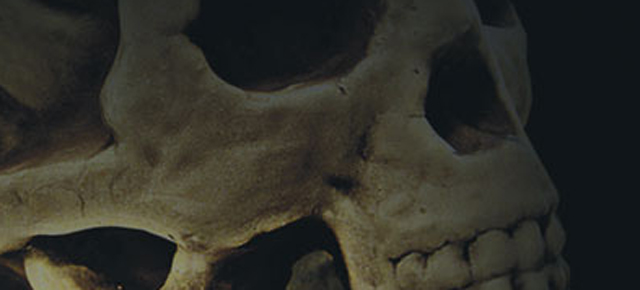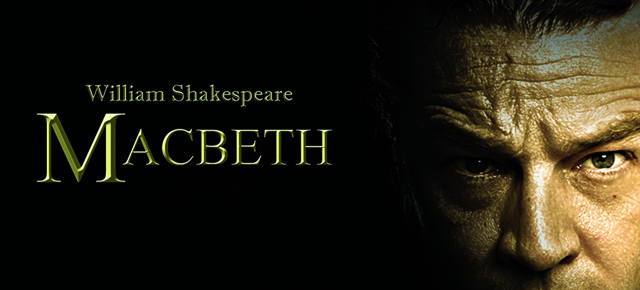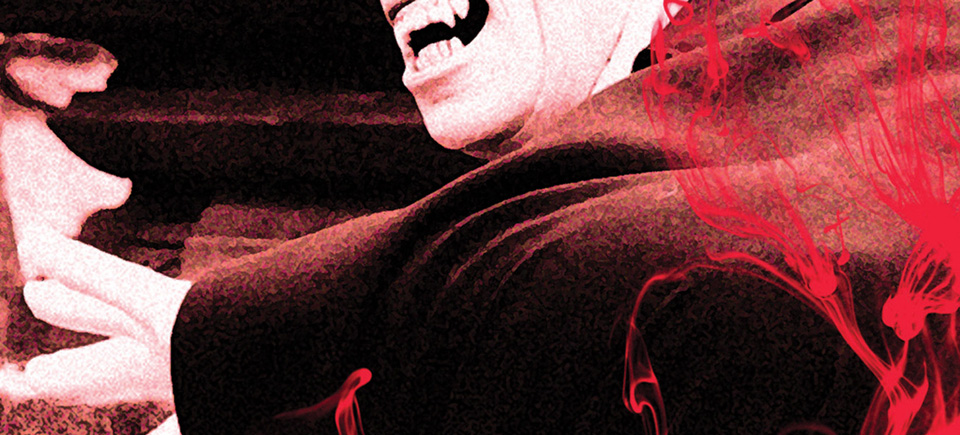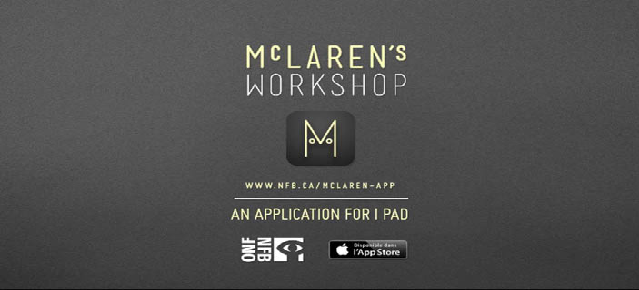The following is a guest post written by Bronwyn Haslam on behalf of the NFB Education team. Bronwyn holds an MA in literature from the Université de Montréal. Her poems and translations have appeared in Aufgabe, The Capilano Review, and Matrix, among others.
Surprisingly, it is the medium of radio that pioneered a popularization of Shakespeare in the 20th century. While theatre tickets could (and still can) be prohibitively expensive, radio adaptations made performances of Shakespeare available to a wide audience before film did.1 And while there are a few brilliant film adaptations of Macbeth—Akira Kurosawa’s Throne of Blood (1957) and Roman Polanski’s Macbeth (1971) spring to mind—they generally diverge significantly from Shakespeare’s text. Radio adaptations have been most common in Britain, where productions of Shakespeare fall under mandates of preserving cultural heritage.2 They’ve also been more common in Canada and Australia than in the US, where commercial radio outpaced national public radio from the start and the elitism associated in American culture with Shakespeare’s plays placed them at odds with radio’s populist ends.3 This history is much commented on in studies of Shakespeare and radio; there are nevertheless some interesting American radio productions, such as Orson Welles’ 1936–37 productions for the Columbia Workshop series.

L.A. Theatre Works’ contemporary audio plays
L.A. Theatre Works (LATW) is a non-profit arts organization that creates and distributes audio plays, from the classic to the contemporary (their roster includes everything from world classics by Sophocles, Shakespeare, Molière, and Chekhov to works by American heavyweights Arthur Miller or John Steinbeck, as well as plays with younger contemporary appeal, like The Graduate).4 The company popularizes theatre by making its audio plays widely available in American libraries, and through a weekly public radio show and a national touring program of live-in-performance radio drama, not to mention by casting Hollywood or TV actors (Alfred Molina, John Lithgow, Hilary Swank and many others have featured in their productions; James Marsters of Buffy the Vampire Slayer fame stars in LATW’s Macbeth). A selection of LATW productions, including Macbeth, Dracula, and Madame Butterfly, are available to Canadian educators through the NFB’s educational site, CAMPUS.
Medium-specificity: reading, listening, and creating
The particular charm of an audio play lies in the pleasures it preserves from reading—the act of imagination and visual rendering, and the attentiveness this requires—and what it shares with theatre: the element of entertainment, yes, but also, the reading by professionals that gives Shakespeare’s speech tone and texture, which it is often hard for contemporary readers to do, particularly young contemporary readers, due to Shakespeare’s early modern English. Each L.A. Theatre Works production is made directly from the play (which is unabridged) and makes only minor amendments necessary to the medium: for example, Macbeth says, “Banquo…..” where in the text we find an ellipsis only (“…”) and the stage direction tells us he speaks aside to Banquo. The radio play also makes minor lexical adjustments: you for thou, yours for thy, truth for sooth, savage tiger for Hyrcan tiger and so on, of various degrees of necessity for comprehension without a glossary at hand. Sound fills in information that would otherwise be conveyed visually in a play (the set tells us if the action takes place inside or outside) or through the stage directions in the text. Bird sounds and wind indicate an outside setting, and the creaks of doors and sounds of footsteps convey an interior set and the approach or entry of a character.
If Macbeth’s downfall is ultimately his moral slackness and ambition, his actions are precipitated by the equivocations of the weird sisters, those “imperfect speakers”, “juggling fiends […] That palter with us in a double sense / That keep the word of promise to our ear / And break it to our hope” (5.8.19-23), the fiends “that lie like truth” (5.3.43). The plot of the play turns on interpreting what one hears as self-evident, particularly when it’s what one wants to hear—“Security,” says Hecate, “is mortals’ chiefest enemy” (3.5.31-32). Without malevolent intent, the audio play works with the self-evidence of sound, and the ability of sound to convey information that one hears without listening to. Below are some ideas to encourage students to first listen closely to the mechanics of the recording and then to create their own audio adaptations:
Ideas for classroom activities:
- As discussed above, the L.A. Theatre Works production sticks very strictly to the text of Macbeth but makes small substitutions to facilitate aural comprehension. Have students, in groups or alone, write a translation of a scene from the play into a style of English they would understand were it spoken aloud.
- Working from their translation of a scene, or from the text of Macbeth, have students produce their own audio play version of a scene (recorded or not) complete with sound effects.
*Grateful thanks to Jean-François Bernard, a colleague in Shakespeare studies, who pointed me in the direction of helpful resources.
Footnotes
1. Lanier, Douglas. “Shakespeare on Radio.” Shakespeares after Shakespeare: An Encyclopedia of the Bard in Mass Media and Popular Culture. Ed. Richard Burt. 2 vols. Westport, Connecticut: Greenwood, 2007. pp. 506–508.
2. Greenhalgh, Susanne. “Listening to Shakespeare.” Shakespeare on Film, Television, and Radio: The Researcher’s Guide. London: British Universities Film and Video Council, 2009. pp. 74–93.
3. If Shakespeare is today part of what we consider “high culture,” it is important to remember and acknowledge that, in his time, he was popular and his work colloquial and vernacular. For an interesting discussion of this, see Michael Bristol’s “Vernacular Criticism and the Scenes Shakespeare Never Wrote.” Shakespeare Survey 53 (2000): 89–102.
4. While one must distinguish between a radio broadcast and audio plays, their histories overlap and for the contemporary listener, who is more likely to stream either online, the listening experience is much the same for these sister media.




